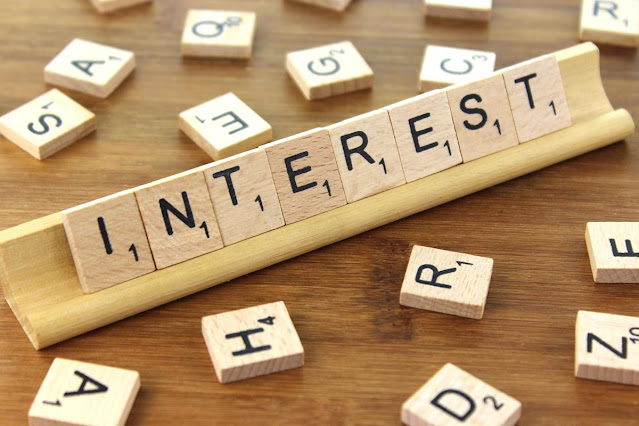How Do Interest Rates Work
There are different types of interest rates depending on whether you are borrowing money or investing money.
When you are borrowing money you have to pay interest back at a set rate. These rates are determined by several factors. One of these factors is risk. If you have a bad credit rating the rates at which you pay interest on loans may be significantly higher than someone who has a pristine credit rating.
The reason for this is that the lender sees you as a risk. When you are a risk, the rates applied to your lending rise. This can make it especially difficult for someone with a bad credit rating to purchase anything major including a home or a vehicle. They may be able to afford the initial payments, but once the interest rates are added, the amount exceeds their budget.
Another factor that determines interest rates is the length of the loan. Lower interest rates are often offered if the consumer extends the period of the loan. To the consumer this may seem like a windfall. They view the smaller interest rates as a savings to them. Short term it is but since the loan is being extended to take advantage of the lower interest rates, they are actually paying out more money in interest over the length of the loan.
Interest rates do not only affect just the consumer but they have an impact on the economy as a whole as well. When interest rates climb, people are less likely to purchase goods that aren’t essential to their lives. Car sales drop and home sales often plummet as well. The average consumer doesn’t want to spend the extra money on the increased interest because the rise in rate just means less money in their pocket. The cost of the goods they are purchasing hasn’t changed, it’s the cost of purchasing those goods that has.
On the other side of the interest rates spectrum is investing. People want to invest when interest rates are high so as to yield the biggest profit. Years ago the traditional savings account was often viewed as the traditional investment tool. The bank would post their interest rates and people would save their money in the hopes that it would grow substantially over the course of a number of years.
Today you are more apt to find people investing in many diversified things; money market funds, the stock market and bonds. If you decide to invest in bonds they will have a posted interest rate. The rates on bonds might be slightly higher than other investments because with many bonds you have to lock your money in to the investment for a specific amount of time. The period can be anywhere from several months to several years.
Interest rates impact our lives everyday whether we are aware of them or not. To keep on top of both your borrowing and investment needs it’s a good idea to follow interest rates.


